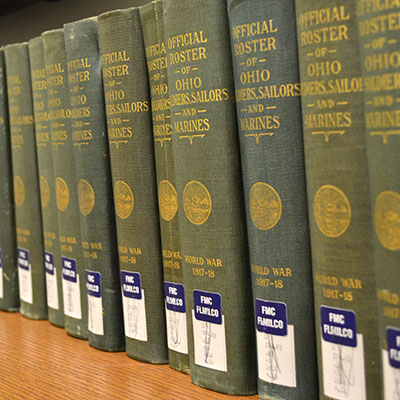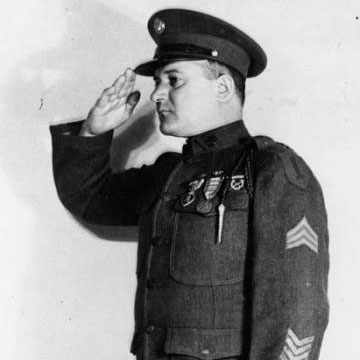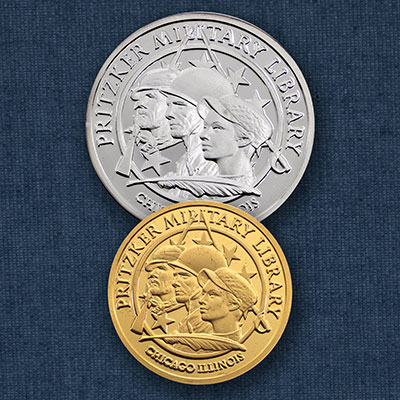80th Anniversary of Pearl Harbor
December 7th marks the 80th anniversary of the Japanese attack on Pearl Harbor. Described at the time as a “day that will live in infamy”, the attack is seen as the catalyst that brought the United States into World War II on the side of the Allies.
To place this moment in history into context, World War II began on September 1, 1939. While the United States supported the Allied forces indirectly through shipping of munitions and other resources, the government and the American people initially tried to remain neutral. However, diplomatic relations with Japan deteriorated and government officials began to plan for the possibility of being drawn into the war.
The attack on Pearl Harbor was a surprise military strike by the Imperial Japanese Navy Air Service against the United States naval base at Pearl Harbor, Hawaii, on the morning of December 7th, 1941.
The events that took place that day at Pearl Harbor occurred before any formal declaration of war was made by Japan; however, this was not Admiral Yamamoto's intention. Yamamoto originally stipulated that the attack should not commence until thirty minutes after Japan had informed the United States that peace negotiations were at an end. Nevertheless, the attack began before the notice could be delivered.
The surprise attack came as an intense shock to the American people and led directly to the American entry into World War II. On December 11th, Germany and Italy each declared war on the U.S. which of course resulted in the U.S. responding with a declaration of their own.
In total, the bombing of Pearl Harbor resulted in our country losing 2,403 service members while another 1,178 sustained injuries. The Navy took on the brunt of the attack, suffering 2,008 sailor deaths and 710 injuries. 
A total of eight battleships were moored at Battleship Row on the morning of December 7, 1941. Two would never rejoin the war: USS Arizona, which still sits in Pearl Harbor, and USS Oklahoma. On top of this, the Army Air Corps and the Navy suffered a combined loss of 188 aircraft, with another 159 being damaged during the attack.
The best way to truly understand and feel what the attack on Pearl Harbor did to the nation 80 years ago is to visit the World War II Valor in the Pacific National Monument. Especially moving is the sunken USS Arizona, the only American battleship not raised from the harbor’s waters.
Learn more with Museum & Library resources:
Watch This Day in Military History episode: The Bombing of Pearl Harbor
Watch Pritzker Military Presents episode: Stanley Weintraub: Pearl Harbor Christmas: A World at War, December 1941
Or read:
Gillon, Steven M. Pearl Harbor: FDR Leads the Nation into War. New York: Basic Books, 2011.
Jasper, Joy Waldron, James P Delgado, and Jim Adams. The USS Arizona: The Ship, the Men, the Pearl Harbor Attack, and the Symbol That Aroused America. 1st ed. New York: St. Martin's Press, 2001.
Stratton, Donald, and Ken Gire. All the Gallant Men: An American Sailor's Firsthand Account of Pearl Harbor. First ed. New York, NY: William Morrow, An Imprint of HarperCollins, 2016.
Toland, John. Infamy: Pearl Harbor and Its Aftermath. 1st ed. Garden City, N.Y.: Doubleday, 1982.
Weintraub, Stanley. Pearl Harbor Christmas: A World at War, December 1941. Cambridge, MA: Da Capo Press, 2011.
Wohlstetter, Roberta. Pearl Harbor; Warning and Decision. Stanford, California: Stanford University Press, 1962.




Add new comment